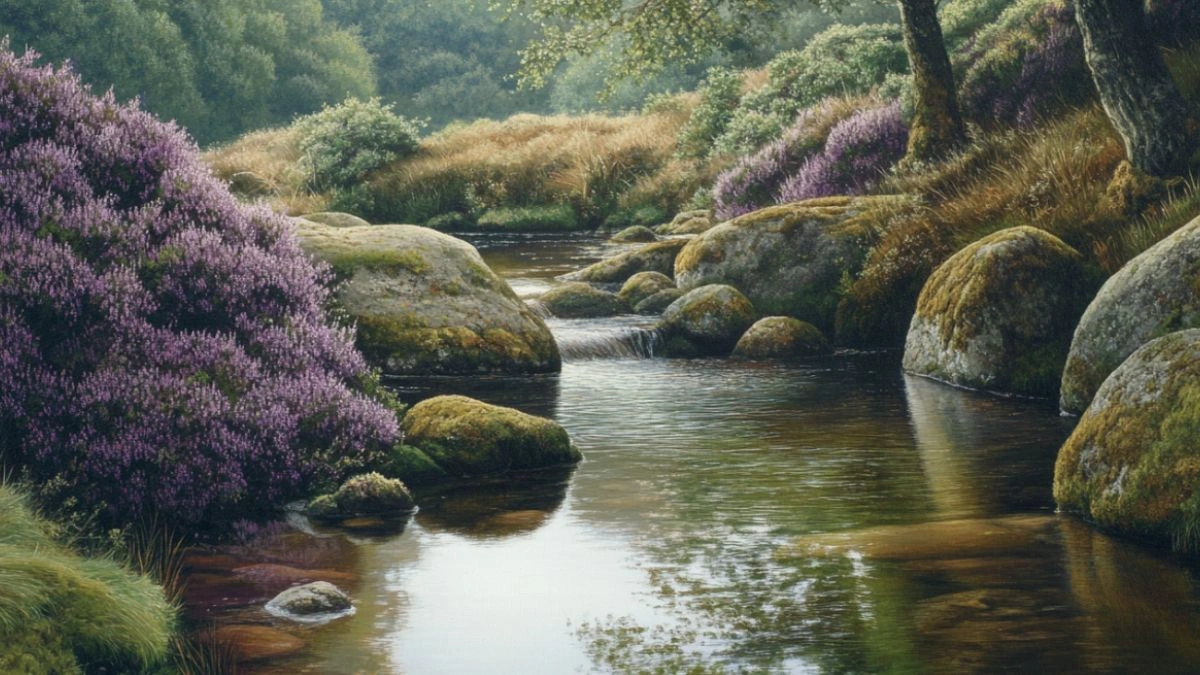Explore the Peak District: Hidden Gems Revealed
Table of Contents
The Peak District is widely celebrated as one of the UK’s most iconic national parks, drawing over 13 million visitors annually to its dramatic escarpments, rolling dales, and quaint towns. But beyond the guidebooks and well-known trails lies a quieter, more intimate side to this region—one filled with forgotten paths, secluded valleys, and lesser-known villages untouched by mass tourism.
For those who crave authentic experiences and want to connect more deeply with nature and heritage, these hidden gems offer a chance to slow down, explore thoughtfully, and see the Peak District through a new lens. From secret swimming spots and abandoned ruins to silent caves and panoramic ridgelines, the less-traveled parts of this park provide a different kind of magic—one that rewards curiosity, patience, and a bit of local insight.
In this blog post, we’ll reveal some of the Peak District’s best-kept secrets. Whether you’re a seasoned hiker, a weekend wanderer, or a culture lover seeking peace and inspiration, these unique destinations will help you experience the region far beyond the crowds and coach routes.
Slippery Stones: A Secluded Spot for Wild Swimming and Stillness
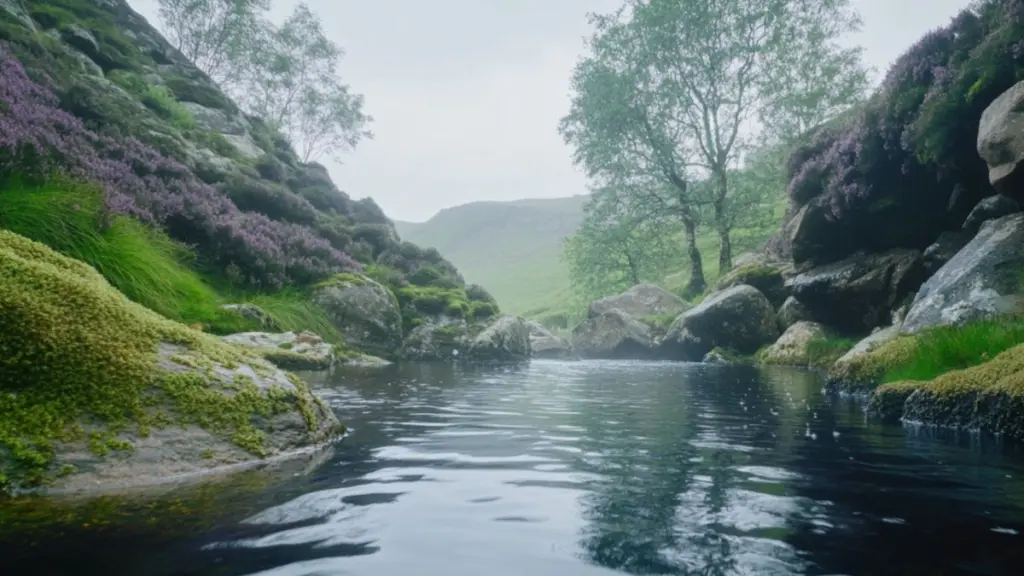
Tucked away in the Upper Derwent Valley, Slippery Stones is a beloved yet often overlooked destination. Known for its crystal-clear pools and peaceful surroundings, this hidden gem is perfect for wild swimming, gentle hikes, or quiet picnics under the trees.
The name may sound whimsical, but the beauty here is very real. Surrounded by forested slopes and heather-covered hills, the series of natural stone steps and pools along the River Derwent create a peaceful oasis far removed from busy trails. The water is cold and clean, making it an ideal escape on warm summer days.
Visiting Slippery Stones
| Feature | Details |
|---|---|
| Location | Upper Derwent Valley, near King’s Tree |
| Access | 3-mile walk or cycle from Fairholmes |
| Best Time to Visit | Late spring through early autumn |
| Local Tip | Arrive early or on weekdays for solitude |
While there are no changing facilities or shops nearby, the remoteness is what makes it special. Bring a towel, some snacks, and enjoy the tranquility of this natural swimming haven.
Litton and Cressbrook: Twin Villages with Timeless Charm
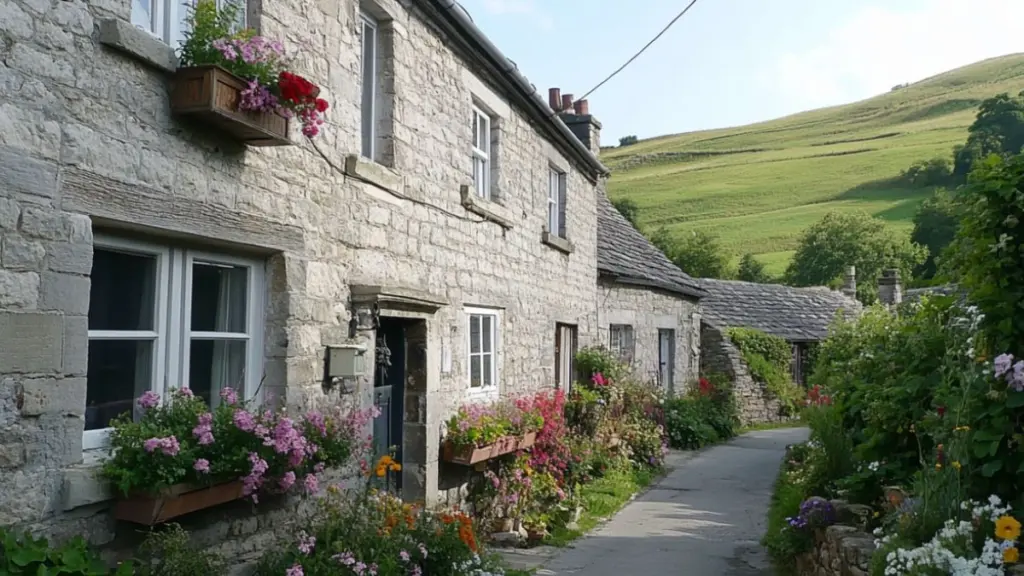
If you’re in search of Peak District villages that feel frozen in time, head to Litton and neighboring Cressbrook. These two stone-built hamlets are nestled in the limestone dales between Monsal Head and Tideswell, offering a peaceful alternative to tourist-heavy villages like Castleton.
Litton is known for its pretty village green, centuries-old cottages, and welcoming pub, The Red Lion. A short stroll away, Cressbrook once housed mill workers and now sits quietly by the River Wye, overlooked by the dramatic Cressbrook Dale and its rugged walking paths.
Litton & Cressbrook Snapshot
| Village | Highlights |
|---|---|
| Litton | Stone cottages, village green, old well |
| Cressbrook | River views, historical mill buildings |
| Nearby Walks | Cressbrook Dale, Litton Mill trail |
| Atmosphere | Quiet, authentic, community-driven |
These villages are ideal for walkers seeking solitude, photographers chasing rustic beauty, or anyone who wants to slow down and enjoy a cup of tea surrounded by dry-stone walls and blooming gardens.
Carlswark Cavern: A Forgotten Cave with Hidden Stories
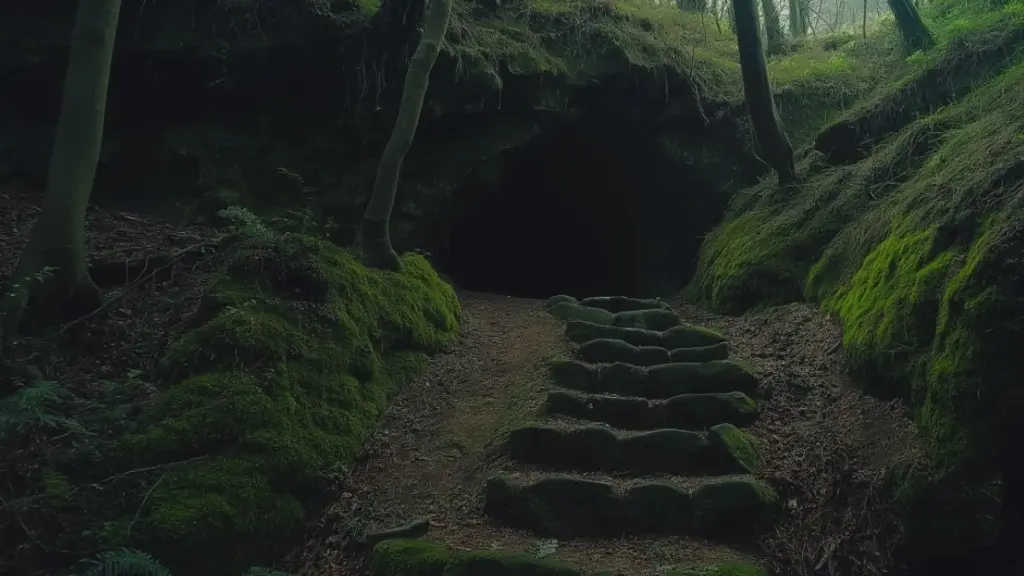
While Speedwell and Blue John Cavern draw the crowds, Carlswark Cavern remains a lesser-known wonder for adventurous spirits. Located near Stoney Middleton, this cave system winds deep into the limestone rock and has a rich history, including use during World War II for shelter and storage.
Though parts of the cave are suited only for experienced cavers, some sections are accessible to confident walkers with good shoes and a torch. The entrance lies just off a wooded trail, and the moss-covered rocks and cool air make the descent feel like stepping into another world.
Exploring Carlswark Cavern
| Attribute | Description |
|---|---|
| Type | Limestone cave system |
| Access Difficulty | Moderate—headlamp and boots required |
| Historical Significance | WWII shelter site, caving training area |
| Nearby Landmarks | Eyam, Stoney Middleton crags |
Always respect cave safety guidelines and consider going with a guide if you’re unfamiliar with underground routes. Even just standing at the entrance offers a humbling connection to the earth’s history.
Nine Ladies Stone Circle and Stanton Moor’s Mystical Trails
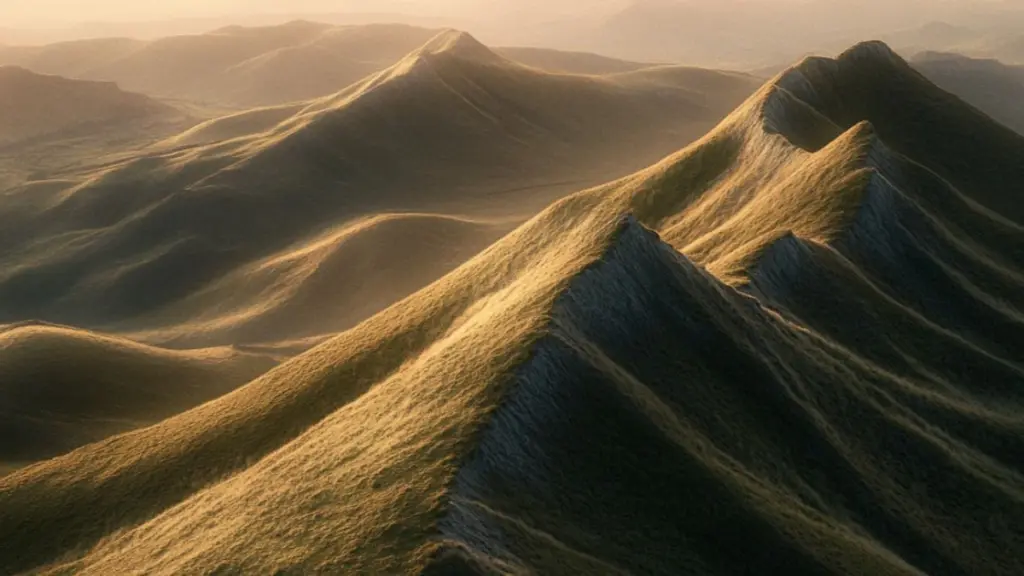
Perched quietly on Stanton Moor, the Nine Ladies Stone Circle is one of the Peak District’s most enchanting and spiritually significant sites. This ancient stone circle, believed to date back to the Bronze Age, is surrounded by quiet woodland paths, mysterious outcrops, and other archaeological features that spark the imagination.
Legend has it the stones represent nine women turned to stone for dancing on the Sabbath. Whether or not you believe in folklore, the site has an undeniable energy, especially at sunrise or dusk when the light filters softly through the birches.
Wander along Stanton Moor’s looping trails to discover the King Stone, Cork Stone, and views over the Derwent Valley. It’s a place where nature, history, and myth intersect.
Stanton Moor Highlights
| Feature | Description |
|---|---|
| Nine Ladies Circle | Ancient monument with spiritual ambiance |
| King Stone | Lone standing stone nearby |
| Cork Stone | Climbable gritstone outcrop |
| Walking Conditions | Easy to moderate, woodland terrain |
Bring a journal, a camera, or simply your sense of wonder. This is a place to linger, reflect, and breathe deeply.
Chrome Hill and the Dragon’s Back
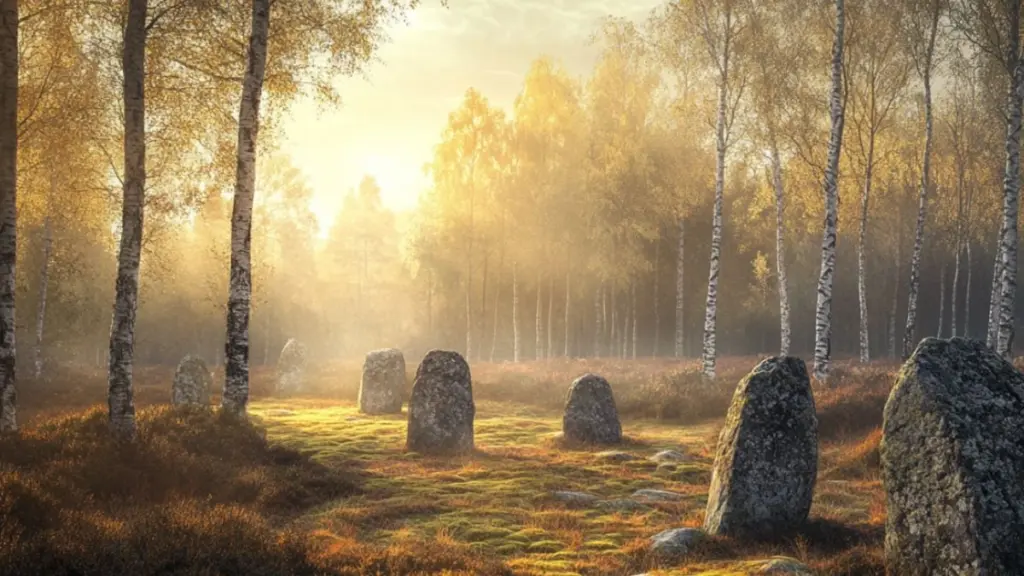
For those seeking dramatic views without the crowds of Mam Tor, Chrome Hill—also called the Dragon’s Back—is an unforgettable experience. This limestone ridge, located near the village of Earl Sterndale, rises and falls like the spine of a mythical creature, offering panoramic views and a thrilling hike.
The walk up Chrome Hill is moderately challenging, with steep inclines and exposed ridgelines. However, the reward is immense: solitude, cinematic vistas, and a sense of connection to the rugged, primal landscape of the Peak District.
It’s best tackled during golden hour when the light exaggerates the shape of the land, casting shadows that ripple across the fields. Photographers often consider this one of the most photogenic spots in the entire national park.
Chrome Hill Adventure Guide
| Trail Start Point | Earl Sterndale |
| Length & Difficulty | 5 miles round trip, moderate |
| Terrain | Rocky ridgeline, pastureland |
| Best Time to Visit | Sunrise or sunset for dramatic light |
Bring sturdy shoes, check the weather, and pack a flask of tea—you’ll want to linger at the summit and take it all in.
Derwent Edge: Where Silence and Sky Collide
High above Ladybower Reservoir, Derwent Edge is a wind-swept gritstone escarpment that offers some of the most breathtaking—and least visited—views in the Peak District. Unlike Mam Tor, this area often feels completely deserted, making it ideal for mindful walks and quiet reflection.
The trail meanders past sculptural rock formations with names like Salt Cellar and Wheel Stones, which stand like sentinels against the sky. On a clear day, you can see for miles across the Dark Peak’s moorlands and valleys.
Derwent Edge Trail Overview
| Starting Point | Cutthroat Bridge or Ladybower Dam |
| Distance | 6–8 miles, depending on route |
| Highlights | Gritstone tors, panoramic views |
| Atmosphere | Wild, remote, introspective |
This is where the Peak District feels most raw—unfiltered and powerful. It’s not about ticking off attractions; it’s about getting lost in the landscape and letting the vastness settle your thoughts.
Conclusion
The Peak District’s hidden gems aren’t just places on a map—they’re invitations to explore more slowly, observe more deeply, and connect with the land in meaningful ways. From ancient stone circles and wild swimming spots to misty ridgelines and forgotten caves, each destination offers its own quiet revelation.
While famous landmarks still hold their charm, it’s the lesser-known corners that often linger in the memory. These are the places where stories live in the wind, where the scenery feels personal, and where you can breathe more freely. Whether you’re a curious traveler or a local adventurer, the hidden side of the Peak District is always waiting to be discovered.

